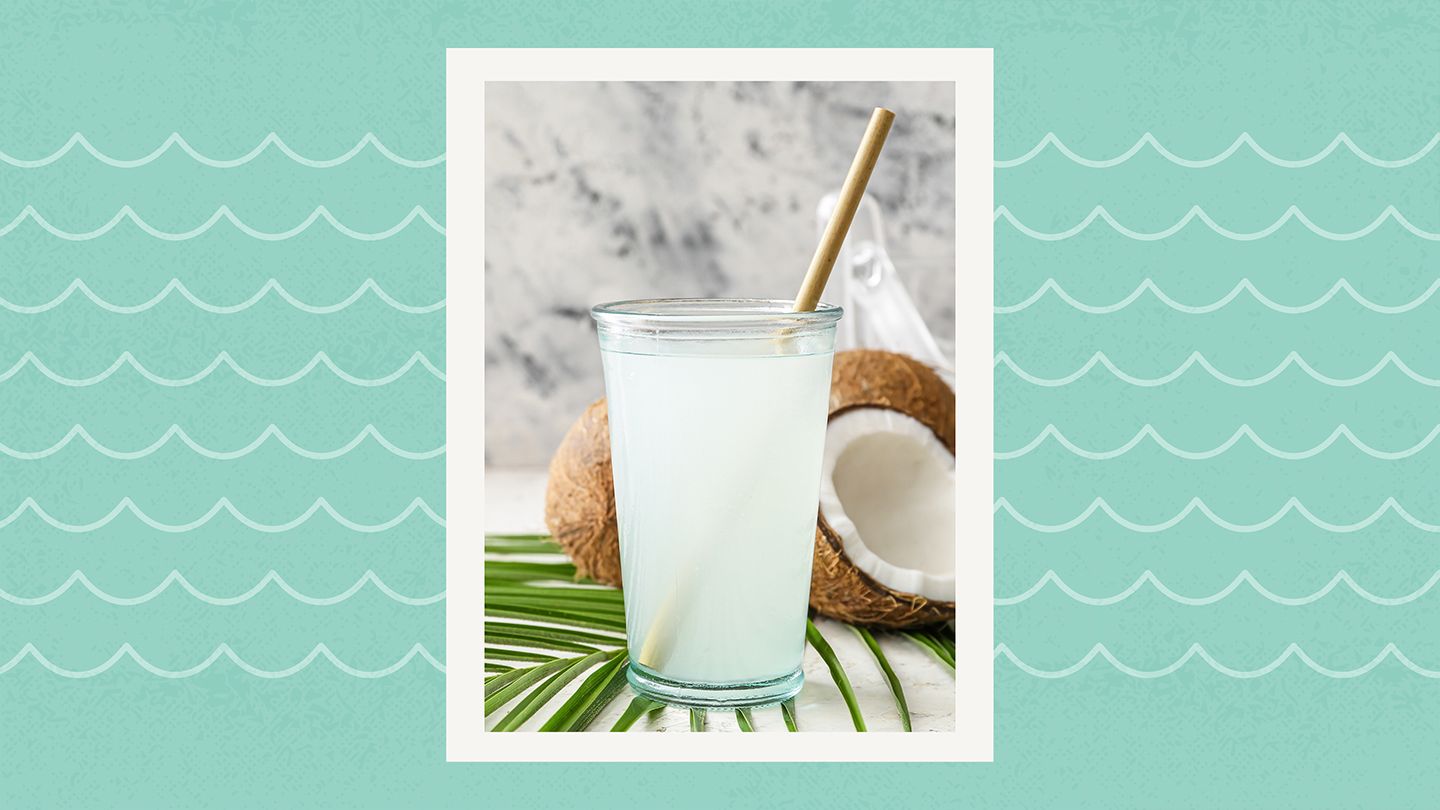Understanding Knee Swelling - Symptoms, Causes, And Treatment
Knee swelling refers to an abnormal fluid buildup inside or around the knee joint, causing it to enlarge and become distended. This visible puffiness and inflammation can signify various minor or serious underlying conditions. Learning to recognize and properly manage knee swelling plays a key role in preserving joint health.
What Does a Swollen Knee Look Like Visually?
A swollen knee takes on a rounded, puffy, or distended appearance compared to the other knee. The swelling may be diffuse, encompassing the entire joint. Or it may concentrate in specific areas like directly over the knee cap or toward inner and outer knee sides.
Skin over a swollen knee often appears shiny, tight, and reddened or light pink from being stretched. Noticeable indentation or pitting can occur when pressing on the area that holds the shape briefly before filling back in.
Why Does Fluid Buildup Happen?
Knee joints contain a small amount of lubricating synovial fluid inside the capsule encasing the bone and cartilage. Excess fluid accumulation causing visible swelling arises from inflammation or irritation of the knee tissues.
Potential culprits include injury, arthritis, infection, gout, Bakers cysts, or loosening of knee replacement joints. When the joint membrane becomes permeable, it weeps additional fluid. As more liquid rushes in, significant swelling results.
Common Knee Swelling Causes
Many conditions create swelling around or behind the kneecap. Being able to identify the cause is key for proper treatment.
1. Traumatic Injuries
Twisting knee movements from events like falls or sports accidents frequently cause fluid-releasing damage. Torn meniscus cartilage, sprained or ruptured ligaments, bone bruises, and joint fractures are common examples.
2. Bursitis
Inflamed bursa sacs between bones, muscles, tendons and skin become irritated, producing swelling. Bursae cushion knee joints during movement. Kneeling, overuse, arthritis, and infection instigates bursitis.
3. Arthritis
Joint cartilage erosion from osteoarthritis or autoimmune conditions like rheumatoid arthritis prompts knee swelling over time. The former often stems gradual wear and tear or aging while the latter involves immune dysfunction.
4. Gout
This metabolic condition resulting in excess uric acid contributes to painful, red, shiny knee swelling. Gout arthritis frequently impacts the joint along with toes, wrists, and ankles during abrupt flares.
5. Infection
Bacterial invaders penetrating the joint trigger immense immune response swelling from the knee fighting infection. Skin wounds, surgery complications, or bloodstream spread enable pathogens access.
When To Seek Emergency Care
While most knee swelling resolves with routine treatment, prompt medical evaluation becomes necessary if you experience:
Sudden, Severe Joint Swelling
A swollen knee appearing without injury that rapidly enlarges significantly hints at aggressive infection or an autoinflammatory condition needing quick intervention.
Extreme Pain
Swelling accompanied by the worst knee or leg pain of your life may indicate a blood clot, bone fracture, meniscus tear, or other emergent issue requiring immediate diagnosis.
Inability To Straighten Leg
Extreme knee swelling physically preventing you from fully straightening the leg means potential serious ligament, cartilage, or nerve damage requiring quick surgical evaluation.
Injury With Deformity
Trauma causing the knee joint to look visibly deformed or out of place suggests dislocation or complex fracture necessitating prompt realignment.
Skin Changes
Purple, blue, gray or extremely pale knee swelling can reflect cut off blood flow, infection tracking up the leg, or underlying fracture demanding urgent treatment.
Treating Swelling For Knee Pain Relief
Various home remedies and medical interventions can successfully reduce knee swelling, inflammation, and discomfort from minor to severe cases.
Rest & Ice
Take weight off the joint through crutches, knee immobilizer brace, scooter, or wheelchair. Apply cold packs for 20 minutes several times daily to encourage fluid drainage.
Compression
Wrapping an elastic bandage snugly around the knee or wearing a compression sleeve pushes excessive fluid out while limiting further buildup.
Elevation
Raise your knee higher than your heart whenever lying down through pillows or foam wedges. Gravity drains swelling downward providing relief.
Immobilization
Your doctor may prescribe a stabilizing knee brace or cast for a few weeks to limit joint movement allowing fluid dissipation and healing if a ligament, cartilage, or fracture is involved.
Medications
Anti-inflammatories like NSAIDs reduce swelling and pain. Antibiotics treat infection origins. Steroid injections offer temporary but substantial swelling reduction.
Physical Therapy
Special knee strengthening and range of motion exercises facilitate fluid drainage. Hands on techniques also decrease swelling by manually dispersing liquid away.
Surgery
In recalcitrant cases, procedures to repair joint damage, drainage tubes insertion, bursa removal, or knee replacement improve severe recurrent swelling.
Learning to evaluate and properly manage a swollen knee through conservative care or medical treatment ensures the best outcome for restored function and mobility.
FAQs
What does a swollen knee look like?
A swollen knee appears puffy, distended and filled with excess fluid. The skin looks tight, shiny and sometimes red. Pressing on it briefly leaves pitting or indentation before filling back up.
What typically causes fluid buildup behind the knee?
A swollen knee results from irritated, inflamed tissues causing fluid leakage into and around the joint. Common culprits include injury, arthritis, infection, gout, and Baker's cysts. An irritated bursa sac or loose knee replacement can also prompt swelling.
When should I seek emergency care for a swollen knee?
Seek emergency medical care if your knee swells suddenly without injury, shows bruising/discoloration, prevents straightening the leg, causes extreme unrelenting pain, takes on a vastly deformed appearance after injury, or shows signs of infection like fever or redness tracking up the leg.
How do you treat knee swelling?
To reduce a swollen knee, follow RICE (rest, ice, compression like an elastic bandage, elevation), take anti-inflammatories, use knee immobilization like crutches or brace, get antibiotics for infection, consider steroid injection or physical therapy, or surgery as a last resort.
Disclaimer: This article is for informational purposes only and does not constitute medical advice. Always consult with a healthcare professional before starting any new treatment regimen.
Related Coverage
Learn about signs of worsening rheumatoid arthritis from Dallas rheumatologist Dr. Cush, including treatment options to slow disease progression and joint damage....
Learn about common causes of hands falling asleep while sleeping like nerve issues, poor posture, medical conditions, along with diagnosis and home & medical treatments....
Making small lifestyle tweaks like reducing sodium, exercising more, losing weight, limiting alcohol and quitting smoking can help lower blood pressure....
Determining the optimal wearing schedule is key to gaining the anti-inflammatory and joint protecting benefits of resting hand splints for rheumatoid arthritis....
Living with rheumatoid arthritis poses challenges in career goals and daily life, but also cultivates resilience and adaptability. Learn to leverage your strengths....
See photos of common Sjögren's syndrome skin rashes like erythema nodosum, annulare, papulosquamous eruptions, photosensitive rashes, and vasculitic lesions....
Learn what makes hands fall asleep. Discover causes like nerve compression, circulation issues, and medical conditions. Plus get tips to relieve numb, tingling fingers....
Find realistic Simponi cost ranges, insurance tips, and savings programs to lower your out‑of‑pocket while staying on therapy....
Right-sided rib and back pain often links to muscle strains, but may signal pancreatitis, shingles, kidney stones, or other serious conditions requiring prompt diagnosis....
Discover how coconut water, with its anti-inflammatory properties and hydrating electrolytes, can potentially benefit individuals with rheumatoid arthritis....









